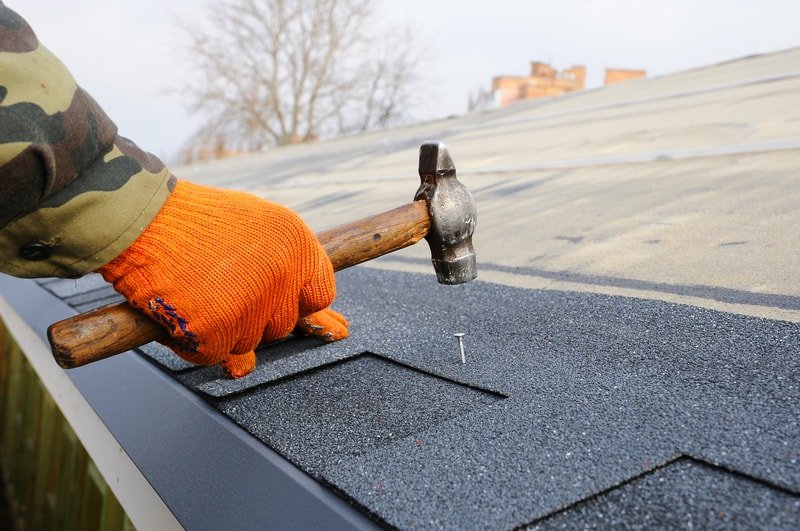While most roofing contractors pride themselves on exceptional expertise, skillfulness, and high-quality materials, some are the complete opposite. Most roofing projects are a huge investment that goes into ensuring your home is well protected from harsh elements. As such, we understand the need to check whether the job has been completed as you intended. The first step is hiring a reputable roofing company as our very own BulletRoof’s roofers in Raleigh.
Would you like to check if your roofer cut any corners when installing your roof? We recommend examining the condition and design of your roof and paying more attention to the factors below.
Layers of Shingles
Contrary to popular opinion, additional layers of shingles aren’t always a great idea. If your roof has three or more layers, it will be complicated for you to perform maintenance practices on it. The layers also add extra weight that could end up overburdening your home in the long run. Distinguished contractors usually remove old shingles, especially if your building already has at least two layers of shingles.
Adequate Flashing

Your roofer must install metal flashing around the chimneys, vent pipes, and similar roof protrusions to stop water from leaking into your house. This material is ideally placed under the shingles instead of over them. Chimneys usually need both step flashing and counterflashing. That is because one sheet of metal cannot effectively prevent water from leaking into your attic.
Do not accept roof cement or caulk as a substitute for metal flashing. These sealants prevent leakages temporarily and will soon give away, especially in extremely wet climates. You may not notice water leaking right away: therefore, it would be best to ensure your roofer does not take any shortcuts.
All roof edges that meet your walls must have kick-out flashing. The material efficiently stops water from running down your exterior walls. A reputable roofer ensures that all such roof edges have proper flashing. Failure to do this may cause your door frames, nearby windows, and walls to rot.
Quality Materials
While reusing might be a great idea for sustainability, acclaimed roofing companies do not reuse worn-out materials when installing new roofs on old houses. This includes getting rid of all rusty flashing. If your existing vent pipes are decaying or deteriorated, your roofer should suggest that they swap them out for brand new ones.
Drip Edges Problems
Qualified roofers make it a priority to install drip edges to prevent soil erosion, stains, basement flooding, and water damage. Homes with shingle roofs should feature drip edges on the eaves and gables. The metal flashing is installed between your shingles and the underlayment. It carries water away from your home and allows the gutters to function correctly.
It is important to note that poorly installed drip edges will not protect your house. An experienced roofer understands that the metal sheets must reach the gutters at an accurate 45-degree inclination. If installed properly, drip edges can lengthen the lifespan of your walls and roofs, especially if you live in moist places.
Chimney Saddle

If your chimney is more than 30-inches wide, your roofing contractor should install a saddle preventing rainwater and leaves from collecting behind it. Instead, water will flow off the edge of your roof or into the gutters. This is essential in preserving the wood beneath your shingles and protecting the flashing from corrosion.
Nails
At least four nails must accompany every shingle. Roofers can use more nails for buildings in extremely windy areas. Your roofer needs to use the right nail size to ensure your shingles remain intact. The nail heads should also disappear into the shingles, protecting them from rust or possible loosening.
Underlayment
Installing an underlayment between your sheathing and shingles protects your home from water leaks. It also increases the durability of your roof. We recommend hiring a qualified and experienced roofer to ensure the underlayment is installed correctly. Without sufficient nails or underlayment, your roof is left vulnerable to the harsh effects of a storm. While you may not notice the problem right away, your shingles could be severely damaged in the event of a storm.
Hiring an amateur roofer may seem cheaper at first, but you could find yourself paying huge amounts in repairs in a few months. That is why we recommend hiring a roofing contractor that is both qualified and well experienced in the kind of roofing project you need. This way, you are assured that you will get your money’s worth.






